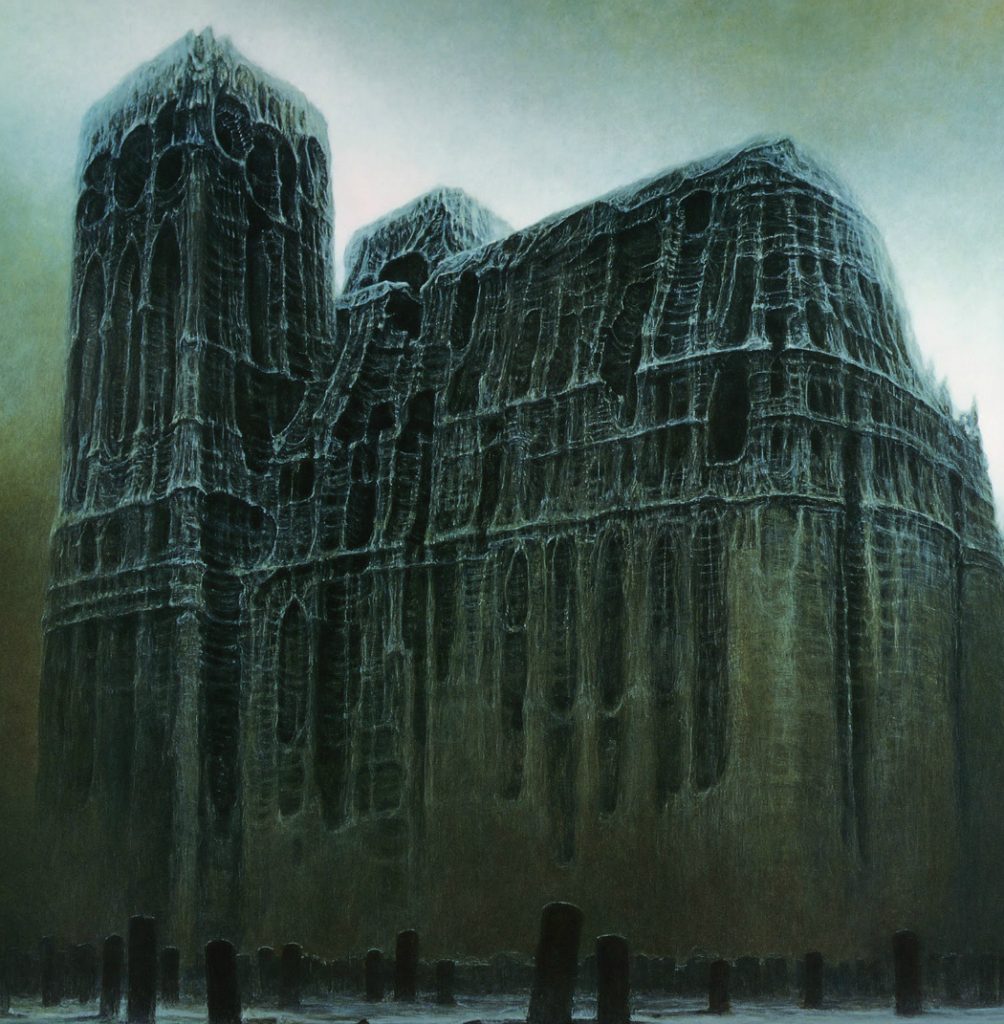On the cusp of sleep, or when the mind is relaxed without care for external issues, and with eyes closed, fantastical complex flowing images can be experienced. These so-called ‘hypnagogic hallucinations’ are in fact had by many people, quite possibly half the population.
I have this imagery about once a week, and I have had this since I can recall. These images burst forth at you, in paths and patterns that you would never predict. They are completely autonomous: they transform without your will (unlike common imagination) – you are a mere spectator of what seem to be events happening in an alien world of extreme beauty. One image metamorphoses into another, into another, etc., and these images are of such complexity that words cannot fully capture what the ‘mind’s eye’ sees. If I were to try, I would say something such as,
“a luminous green dragon flies at me with stringed instruments in tow, those instruments then turning into a fireworks display grasped by a sentient tree’s human-looking hand, which all then radically changes into a rainbow highway that is walked upon by elves wearing golden hats, which then multiply to form a wallpaper pattern which in fact turns into a gigantic robot with a missing leg.”
This seemingly arbitrary visual activity can last for hours, if one does not allow oneself to fall asleep. I should also mention that I can identify at least two types of imagery during this time: one which is purely perceptual (flowing patterns etc), and another which I can only basically call ‘conceptual-perceptual’: I may suddenly receive a concept which is an image, rather than perceiving an image. (Language is not comfortably at home in this other land!)
I used to think about these fascinating hallucinations as pre-emptive dreams slipping into the end of wakefulness, but I now consider this misleading as hypnagogic imagery is quite distinct from dreams. In the latter, there is often a story of which one is the participant. Often dreams can have a real-life feel (such as arriving late for work), whereas hypnagogic images are not of this world, to say the least!
The term ‘hypnagogic hallucination’ was coined by the French psychologist Alfred Maury in 1848. The poets Edgar Allan Poe and Charles Baudelaire were much inspired by this artist’s tool. Darwin’s cousin, Francis Galton methodologically investigated them in the late 19th Century, and the great French philosopher, Henri Bergson, wrote and speculated upon them early in the last century.
At the beginning of the 21st century they are still somewhat of a mystery. Brain scans can show us that it is not one part but a plurality of parts of the brain that are in activation during this “unique state of consciousness between wakefulness and sleep” (as Andreas Mavromatis put it). Brain scans cannot tell us why they occur. That they occur at all is somewhat incredible, let alone that they are of such exquisitely high detail, complexity and often of such beauty and sublimity.
As Oliver Sacks recently wrote, ‘Few phenomena give such a sense of the brain’s creativity and computational powers as the almost infinitely varied, ever-changing torrent of patterns and forms which may be seen in hypnagogic states.’ This natural form of consciousness seems to be almost as natural and common as dreaming is, but sometimes needs to be fostered: one must stop thinking about daily activities, relax in bed, and then loosely focus on what is perhaps unfurling in your mind. I sometimes wonder whether this ‘show’ is permanently playing, and that I sometimes just ‘pop in’ to see what’s being screened. The powers of the mind are truly astonishing. As it has with others, and certainly with myself, such a ‘screening’ can be invaluable in providing oneself with ideas for future creation. One is thereby inspiring oneself, or rather, one part of you (it seems) is inspiring another part of you, another part which you would usually refer to as yourself.
—
© Peter Sjöstedt-H 2012
